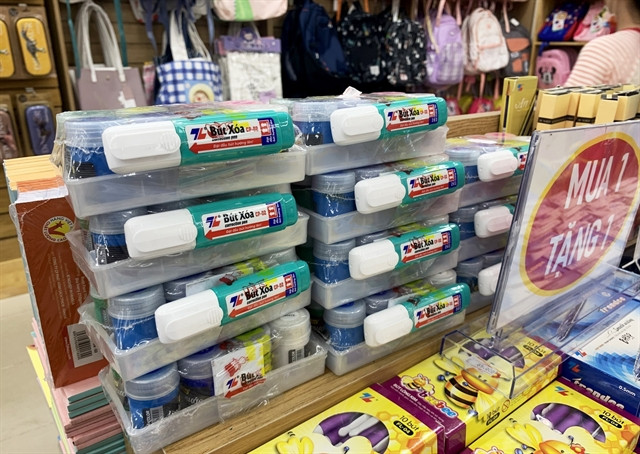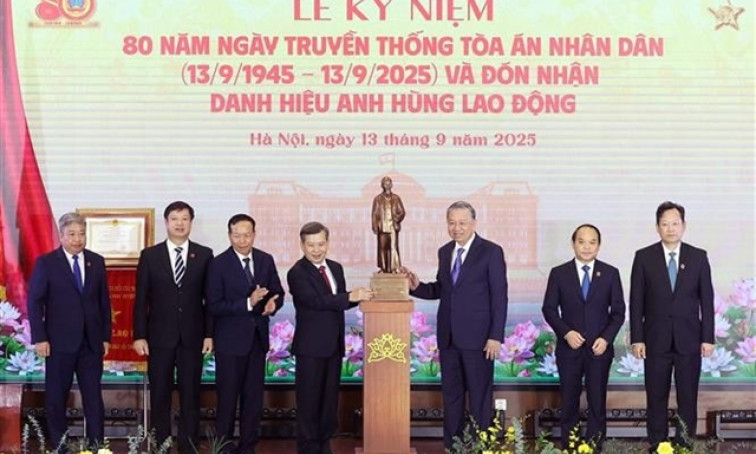Việt Nam to develop regulations on criteria for 'Made-in-Việt Nam' products
For domestically produced goods, including those manufactured from imported raw materials or ingredients, there have been no regulations to determine whether items are 'products of Việt Nam' or 'Made in Việt Nam'.
The Ministry of Industry and Trade has proposed to the Government the development of a circular on criteria for 'Made-in-Việt Nam' products as a base to determine whether a product is made in Việt Nam or originates from Việt Nam.
Việt Nam has issued numerous regulations on the origin of goods. However, these regulations apply only to exported and imported products to determine preferential taxes following commitments to free trade agreements or other goals of foreign trade management, the ministry says in the draft proposal.
For domestically produced goods, including those manufactured from imported raw materials or ingredients, there have been no regulations to determine whether items are 'products of Việt Nam' or 'Made in Việt Nam'.
This causes confusion for producers when they want to label the origins of products, according to the ministry.
From another angle, some products which just go through simple processing in Việt Nam are still labelled 'Made-in-Việt Nam', causing misunderstanding and even frustration while there is no ground for adjudication.
For example, Khải Silk in 2017 was found to have sold silk scarves originating from China but labelled 'Made-in-Việt Nam'. Or Asanzo imported electronic components from China then assembled in Việt Nam and sold the finished products into the Vietnamese market with a label 'Made-in-Việt Nam'.
Some products only go through simple processing and packaging in Việt Nam, but are labelled as made here then exported to a third country, which implies risks related to origin frauds.
The ministry proposal says that although the 'Made-in-Việt Nam' label is not a substitute for the Certificate of Origin, such labelling may cause misunderstanding or false identification of Vietnamese goods, leading to importing countries applying measures to restrict Vietnamese goods.
It is necessary for Việt Nam to issue regulations on criteria for 'Made-in-Việt Nam' products, according to the ministry. The absence of regulations might cause conflicts between manufacturers and consumers as the authorities have no base for handling.
The criteria used to decide 'Made-in-Việt Nam' products will also help improve the market transparency and ensure rights of consumers.
The decree will develop criteria for products of pure Vietnamese origin, goods produced in Việt Nam, made here from raw materials and goods undergoing final processing in Việt Nam, which fundamentally changes the nature of the goods. Products which go through simple processing might not be considered 'Made-in-Việt Nam'.
The proposal is expected to get approval in November and the compilation process will take place from December 2024 to October 2025.






